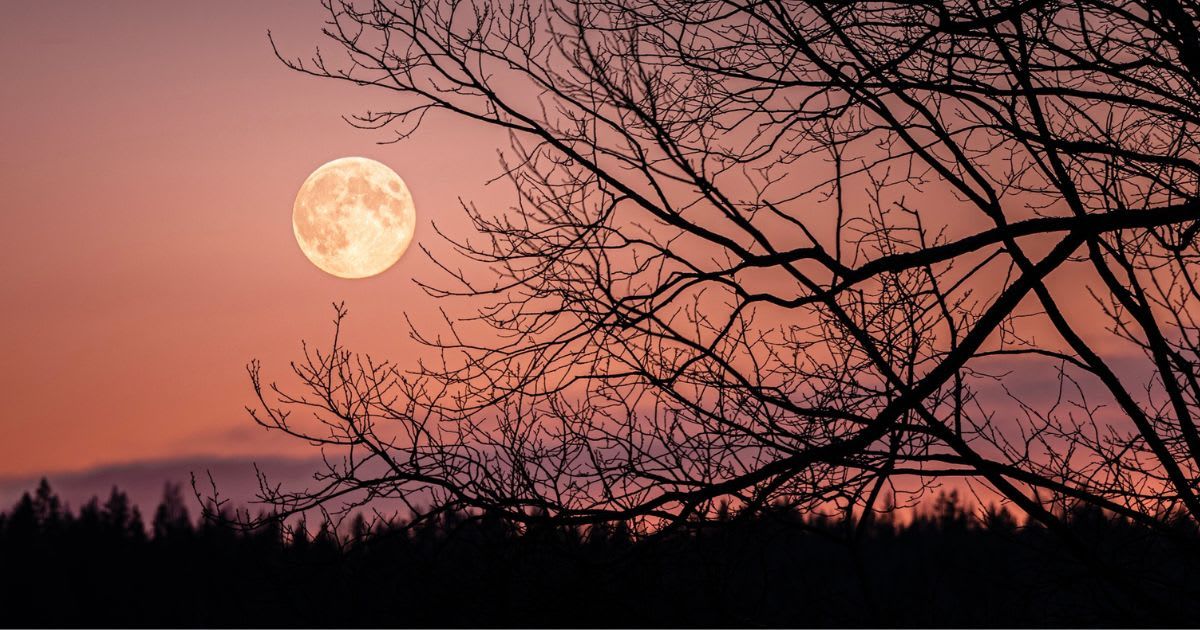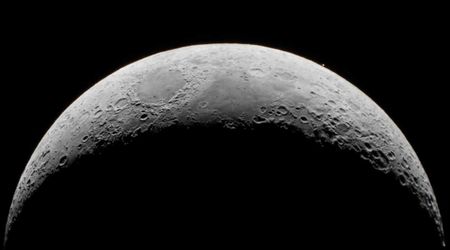Full 'Strawberry Moon' to shine bright on June 10-11 — the lowest full moon in nearly two decades

On June 11, you'll be able to witness the full "Strawberry Moon" low on the southeastern horizon. A full moon occurs every month when the Moon is directly opposite the Sun in the Earth's sky, making it appear completely illuminated. Despite its name, the "Strawberry Moon" isn't named for its color, although it may appear yellowish-orange near the horizon due to the way our atmosphere scatters light, per Space.com.

The name actually comes from Native American Algonquian tribes, who used it to mark the brief strawberry harvesting season around this time of the year. Other cultures have their names for June's full Moon, like the Blooming Moon, Green Corn Moon, Birth Moon, and Hatching Moon. For those in New York, this month's full Moon will reach its peak in the early hours of June 11, specifically at 3:44 a.m. EDT (0744 GMT). The precise timing, however, will differ based on your location. Across America, stargazers could see the Moon appear fully lit as it rose above the southeastern horizon at sunset on June 10, offering a prime chance for astrophotographers to capture the Strawberry Moon near the horizon.

At moonrise, Earth's natural satellite will look remarkably large to the naked eye. This phenomenon is due to the 'Moon illusion," a peculiar effect where our brain mistakenly perceives objects near the horizon as bigger than they actually are. Every year, June's full moon traces a consistently low arc across the spring sky because it's close to the summer solstice, the period when the sun is at its highest point. This year, however, the Strawberry Moon will appear exceptionally low, the lowest in almost two decades, according to Earthsky.org. This is partly attributed to a celestial phenomenon called "Major Lunar Standstill," where the sun's gravitational influence pulls the Moon's tilted orbit.
The interval between each "syzygy" (line up of Sun, Moon and Earth) defines what we call a lunar month. However, this period is slightly longer than the time it takes for the Moon to simply orbit Earth. The Moon's actual orbital period around Earth, known as the "siderial period," is 27.3 days. In contrast, the time between successive phases of the Moon, which humans use as the lunar month, is called the "synodic period," lasting 29.5 days. The reason for this difference is that over the 27 days, it takes the Moon to complete its orbit, Earth has also moved further along its own orbit around the Sun. Consequently, the Moon must travel a bit further to realign itself in a straight line with the Sun and Earth, thus extending the perceived "month" from our perspective, as mentioned on Space.com.
For observers in the Northern Hemisphere, full moons during the summer months typically appear lower in the sky. This phenomenon occurs because a portion of the Moon's orbit directly opposite the Sun lies below the celestial equator. Thus, placing the Moon in a position similar to where the Sun would be during winter. For instance, in New York City, during the night of June 10-11, the Moon will reach a maximum altitude of only 20 degrees at 12:47 a.m. on June 11. Conversely, in a Southern hemisphere city like Cape Town, where the seasons are reversed, the full Moon will climb much higher, reaching 75 degrees at 12:03 a.m. on June 12.









